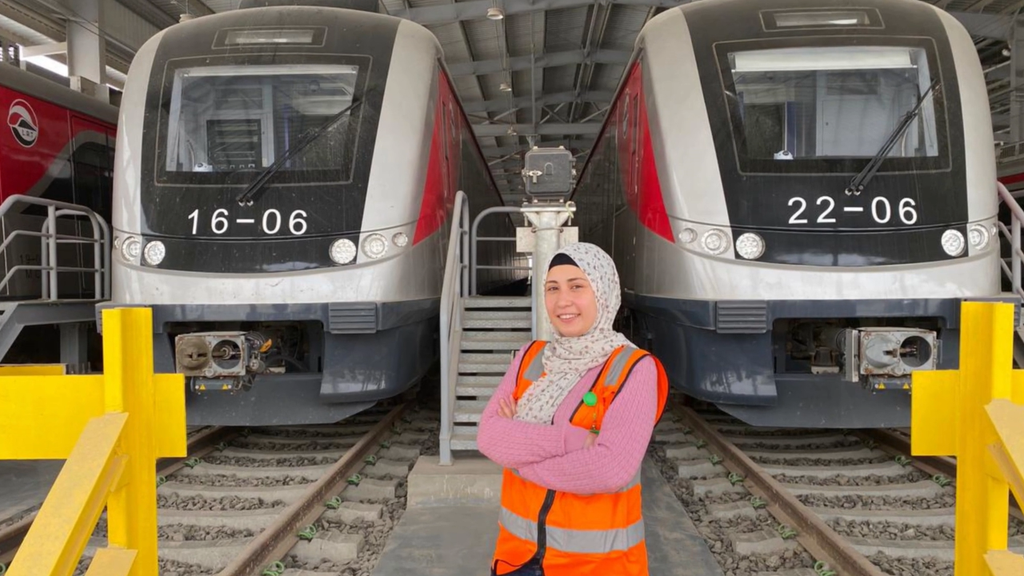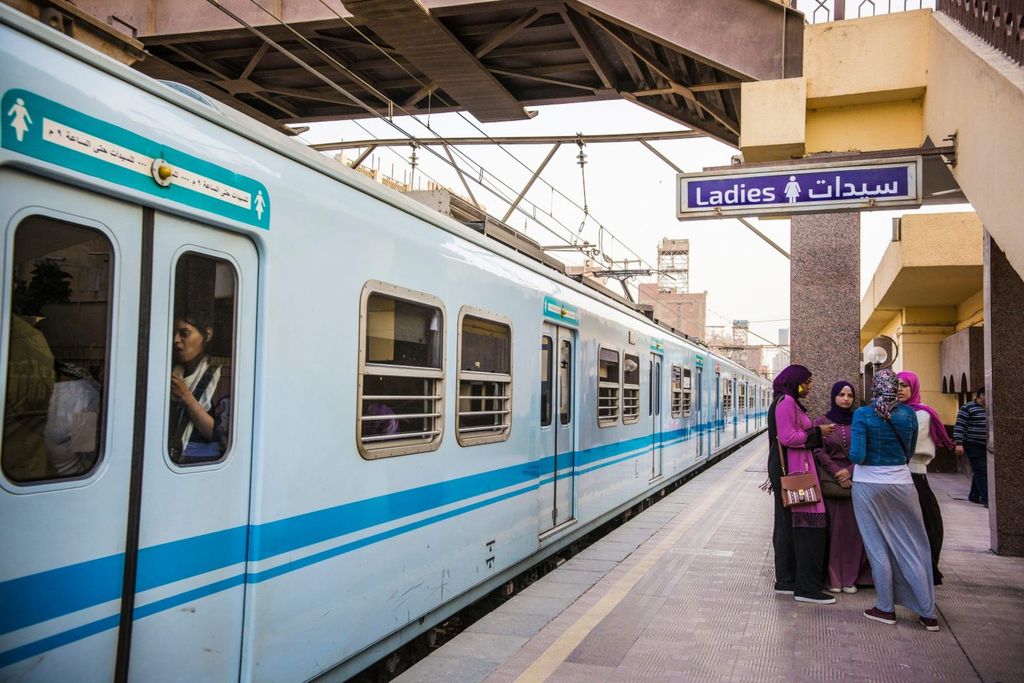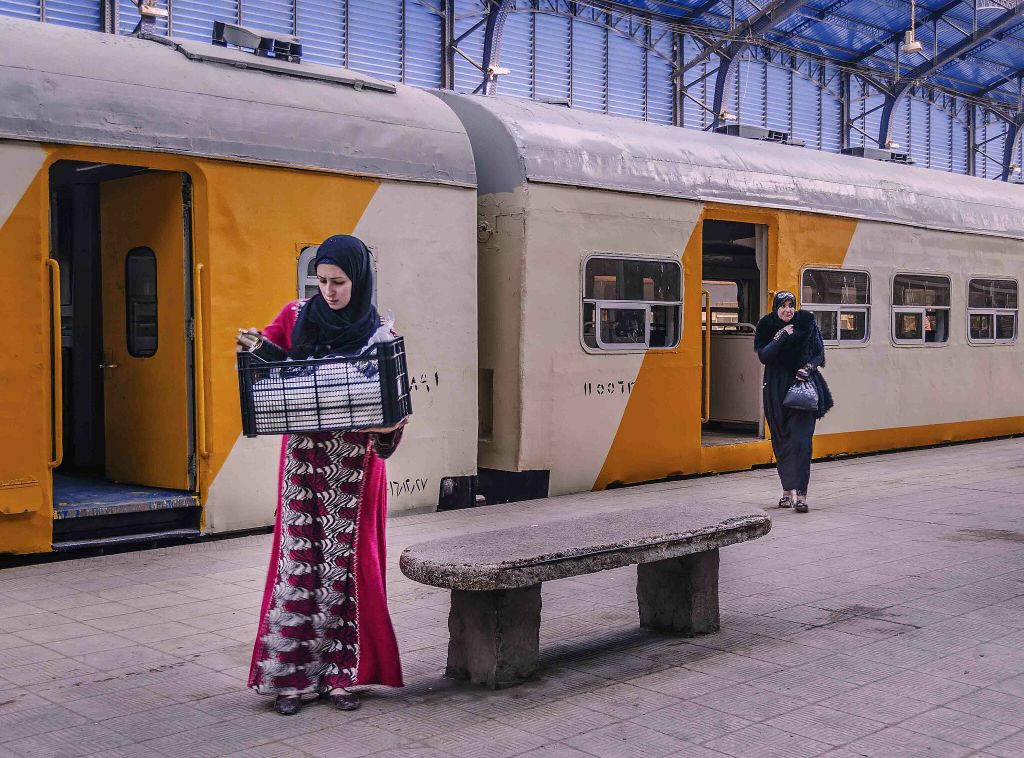
10 statistics of women in transport that show why public transport matters
Public transport and gender
Public transport is the backbone of an equal opportunity society. Accessible and reliable mass transit allows people to live their daily lives by connecting them to sport, employment, education, and essential services – and it does so without the significant paywall and commitment that comes with a private car.
To celebrate International Women’s Day, let’s explore some key statistics of women in transport today and dive into figures that show how more and better public transport is crucial to creating a gender-equal society.
#1 80% of women believe that public transport is integral for economic participation
A Jordanian study asked women from across the country questions about public transport. The responses were clear – public transport improves financial opportunity and provides over 36,000 direct job opportunities in Jordan. Meanwhile poor public transport has led to 47% of the women surveyed in the study refusing a job. In short, to unlock the potential of women, there is no replacement for an efficient and well-integrated public transport network.
Source: A Perspective of Women Users of Public Transportation, SADAQA, 2018



#2 60% of women in the Middle East and North Africa feel that a lack of transport options reduces their ability to earn
Car dependency harms the earning potential – and therefore the independence – of women. Across the MENA region, 52% of women feel that poor transport prevents them from reaching areas of employment. At the same time, almost half say it negatively impacts their careers. To close the gender pay-gap worldwide, boost economies, and enable women to live freer lives, improving public transport is an important part of the puzzle.
Source: A Perspective of Women Users of Public Transportation, SADAQA, 2018
#3 $28 trillion could be added to global annual GDP if women had the same labour participation rates as men
According to a 2017 report by the International Labour Organization, inadequate public transport is the greatest challenge to female labour force participation. As noted in our 2022 report made in partnership with The World Bank, about 49% of women participate in the global workforce, compared with 75% of men, with a high degree of variance across regions and countries. Poor public transport is just one reason for this, although, it does have a huge impact. If women participated in the labour market to the same degree as men, world GDP would jump by 26%.
Source: Integrating gender considerations into public transport policies and operations, World Bank Group & UITP, 2022
#4 Women rely on public transport more than men
Of course, more and better public transport benefits everybody. Having said that, we must be clear that public transport quality and policy has an outsized effect on women. That’s because women take more public transport than men. For example, in Bogotá, Colombia, about a third of all women mainly ride the Transmilenio, the city’s flagship BRT scheme, which is 5% more than their male counterparts.
Source: Integrating gender considerations into public transport policies and operations, World Bank Group & UITP, 2022
“Globally, when women travel, they make a higher proportion of trips using public transport and walking. Men make more trips by car, motorcycle, and bicycle. Women’s mobility patterns are often not a matter of preference but necessity. Care responsibilities, reduced access to a car, and less disposable income shape women’s transport choices”.
#5 Women’s involvement in rural road design and maintenance leads to positive socioeconomic outcomes
Rural Roads was a seminal World Bank programme in Peru that showed how involving women in road design and local decision-making can revolutionise their lives, especially in rural areas in developing countries. Across 132 rural provincial municipalities in Peru, women, and particularly those from indigenous communities, were empowered to take more decisions in their local institutions and the rehabilitation of more than 15,000km of road. The innovative institutional arrangements promoted a more inclusive political culture, which uplifted the quality of life for women in those areas.
Source: Peru Rural Road Program, World Bank Group, 2010
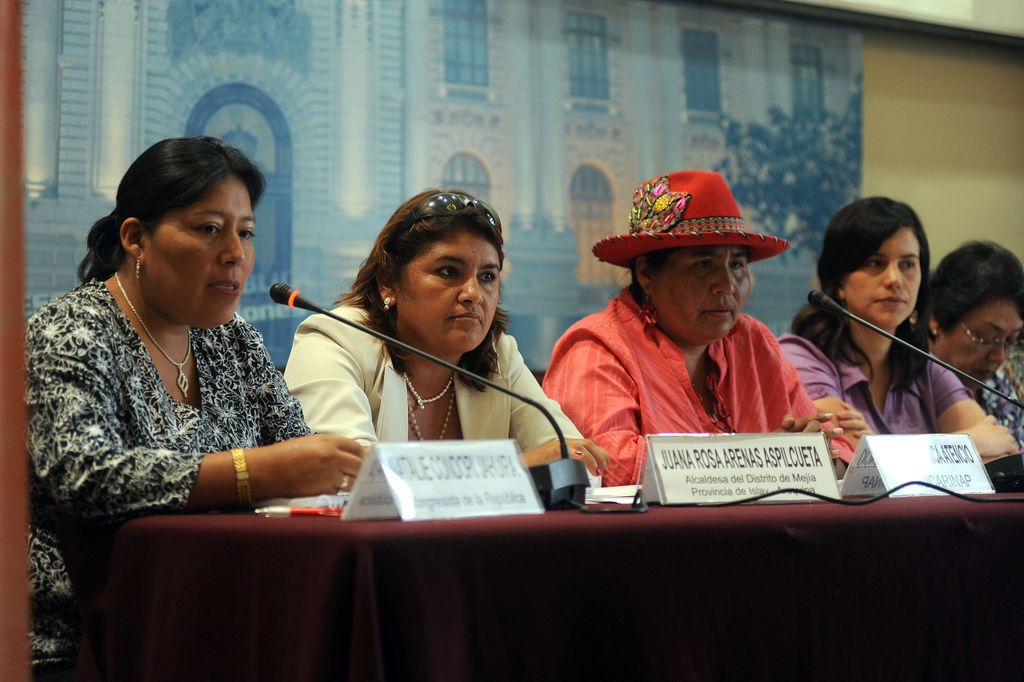
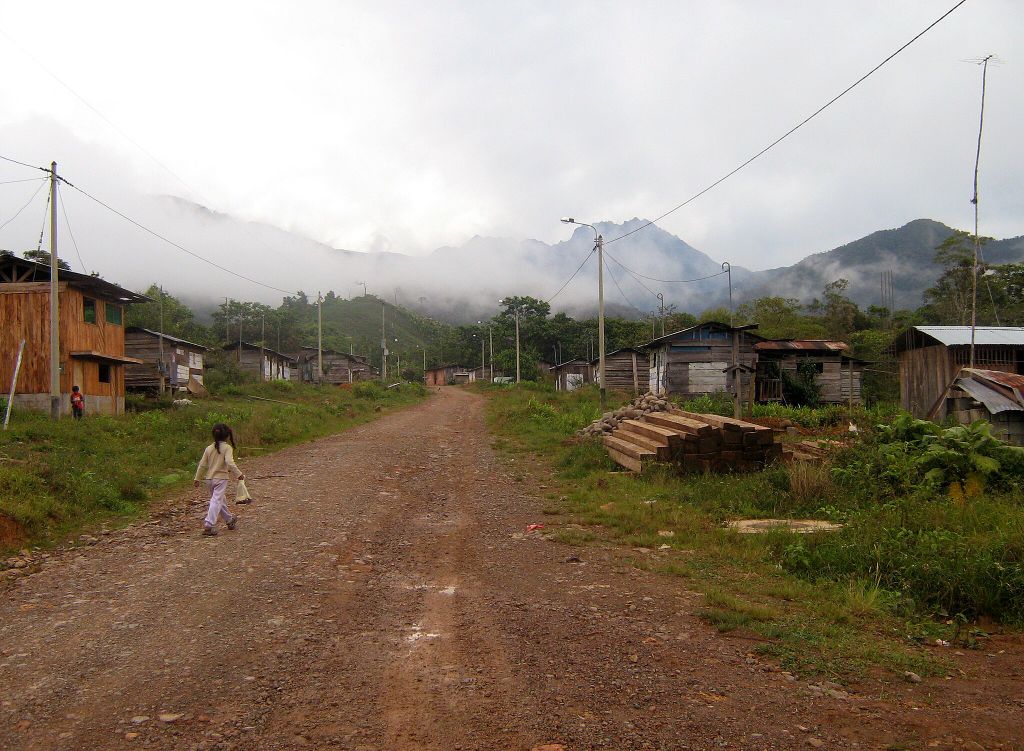
- 24% of staff
in local microenterprises were women, a rising share
- 43% of women
reported the project enabled them to earn additional income
- 7% increase
in primary education for girls
- Up to 58% reduction
in travel times
- 6,000
permanent jobs created
#6 On average, around 19% of public transport drivers are women
To passengers, drivers are the face of public transport. That makes it crucial that they represent the diversity of both the organisation as a whole and the passengers themselves. In our upcoming study funded by the European Investment Bank, over 50 UITP members representing almost 600,000 staff from across the globe shared key statistics on women in transport. Though the number is growing, the share of women working as drivers in modes like bus and regional & suburban rail (RSR) varies and is not currently close to parity.
Source: Best gender practices in mobility, UITP & EIB, 2024
#7 Women represent over a quarter of employees at the director and senior management level
Decisions taken in the boardroom matter. And today, women now make up 28% of directors and senior managers across public transport, as well as 25% of middle management.
Source: Best gender practices in mobility, UITP & EIB, 2024
#8 80% of public transport organisations have policies and practices on gender-based violence and harassment that go beyond national legislation
The public transport sector is proactive in preventing and addressing the issue of gender-based violence and harassment. Tackling this important issue makes travelling safer, ultimately improving the experience of women in transport and removing barriers that can keep women from using public transport.
Source: Best gender practices in mobility, UITP & EIB, 2024
#9 One in five trips taken by women in Cairo, Egypt involved a change of trains, which underscores the importance of station and route design
Changing vehicles and navigating stations disincentivises travel. In a study by the Egyptian National Railways, supported by the European Bank for Reconstruction and Development, women in Cairo were found to make multiple transfers between trains.
For one, this creates the need to pass through risk areas in stations, such as underpass tunnels or in ticket lines. What’s more, women are more likely to travel with dependents (like children, for instance) and are more often the primary shopper of the household, meaning they are likely to be carrying many heavy items.
Improving station design to mitigate risk areas, making it easier and more comfortable to change between vehicles, and simply reducing the need to transfer altogether, can be key to enhancing the quality of public transport for women.
Source: Integrating gender considerations into public transport policies and operations, World Bank Group & UITP, 2022


“The availability of transport options—and in particular whether those options have adequate first- and last-mile connectivity and at times that support women’s trip chaining patterns —affect women and girls’ mobility more than that of men and boys.”
#10 86% of occupations with labour shortages are not gender-balanced – and that includes public transport where millions of jobs go unfilled
The labour shortage is a crisis. That’s why UITP has launched a workforce taskforce to confront this issue. According to UITP and EIB’s study, women in transport make up about 19% of the public transport workforce, while millions of jobs still go unfilled. Training, recruiting, and retaining more women would not only make the sector more inclusive, but also alleviate the workforce shortage.
Source: Commission report finds labour and skills shortages persist and looks at possible ways to tackle them, European Commission, 2023
Without a doubt, we can’t afford to exclude anybody in attracting talent – and especially not a demographic that makes up half the world’s population and more than half of those who take public transport. Given this, we must strive to attract more women to the sector and ultimately increase our diversity.
all statistics

